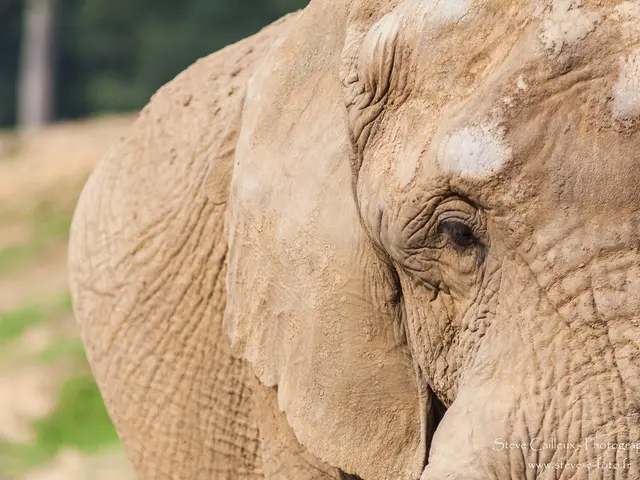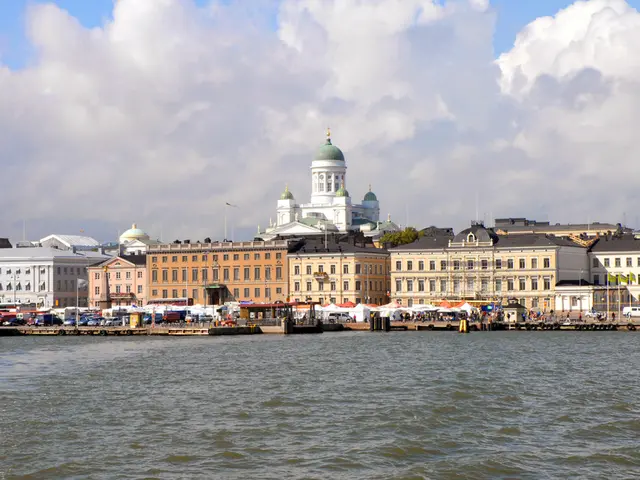Archaeological genetics unearths the historic journey of humanity's longest migration, spanning Asia to the Americas
Travel back in time with us as we delve into the fascinating tale of the longest human migration yet discovered. A team of international researchers, headed by the GenomeAsia 100K consortium, took a deep dive into our genetic past, providing fresh insights into the prehistoric human migration that sculpted the early genetic landscape of the western hemisphere.
The Silent Pioneers
The journey started in the heart of North Asia over 100,000 years ago, with hearty souls stepping foot into the unknown. These early migrants would embark on one of the longest treks in human history, crossing more than 20,000 kilometers to reach the Americas.
The Bone-Chilling Bridge
Armed with little more than their instinct and determination, they traversed the Bering Land Bridge during the last Ice Age. Archaeological evidence indicates that this migration began at least 23,000 years ago and that humans had made it to the southern tip of South America by around 14,500 years ago.
The New World Divided
Upon reaching South America, the migrants dispersed, forming unique and isolated groups that were shaped by their environment. These groups included remarkable populations such as those in the Andes, Amazon, Chaco, and Patagonia.
The Tech-Savvy Sleuths
The researchers employed cutting-edge DNA sequencing technology, scanning the genetic makeup of 1,537 individuals across 139 ethnic groups. Their work unveiled the migration patterns and population splits that played a crucial role in shaping the early genetic landscape of the western hemisphere.
The Wider Implications
Understanding this ancient migration has far-reaching implications, including the potential to develop tools for addressing medical and public health issues in present-day populations. In addition, insights gleaned from this study could provide invaluable information about disease susceptibility and drug responses among indigenous populations, who have faced significant population declines.
So next time you find yourself pondering the history of humans in the Americas, remember the intrepid pioneers who embarked on the longest human migration, shaping the world as we know it today.
- The study of this historic migration could significantly advance medical-conditions research, particularly among indigenous populations who have faced population declines due to insights gained about disease susceptibility and drug responses.
- The process of discovering this ancient human migration has been aided by technology, with researchers employing advanced DNA sequencing technology to analyze the genetic makeup of thousands of individuals.
- The exploration of this long-distance migration has widened our understanding of human lifestyle and how it has been influenced by environment and geography, as shown by the unique groups that formed in South America.
- The unveiling of this prehistoric migration, which traversed the Bering Land Bridge and covered over 20,000 kilometers, has opened new avenues for education-and-self-development, providing fresh insights into science and challenging long-held beliefs about human history.
- Keeping up with general news about in-depth science analyses such as this migration story can foster a greater appreciation for technology and its impact on various fields, from environment to sports, as this research has shed light on one of humankind's most remarkable accomplishments.








